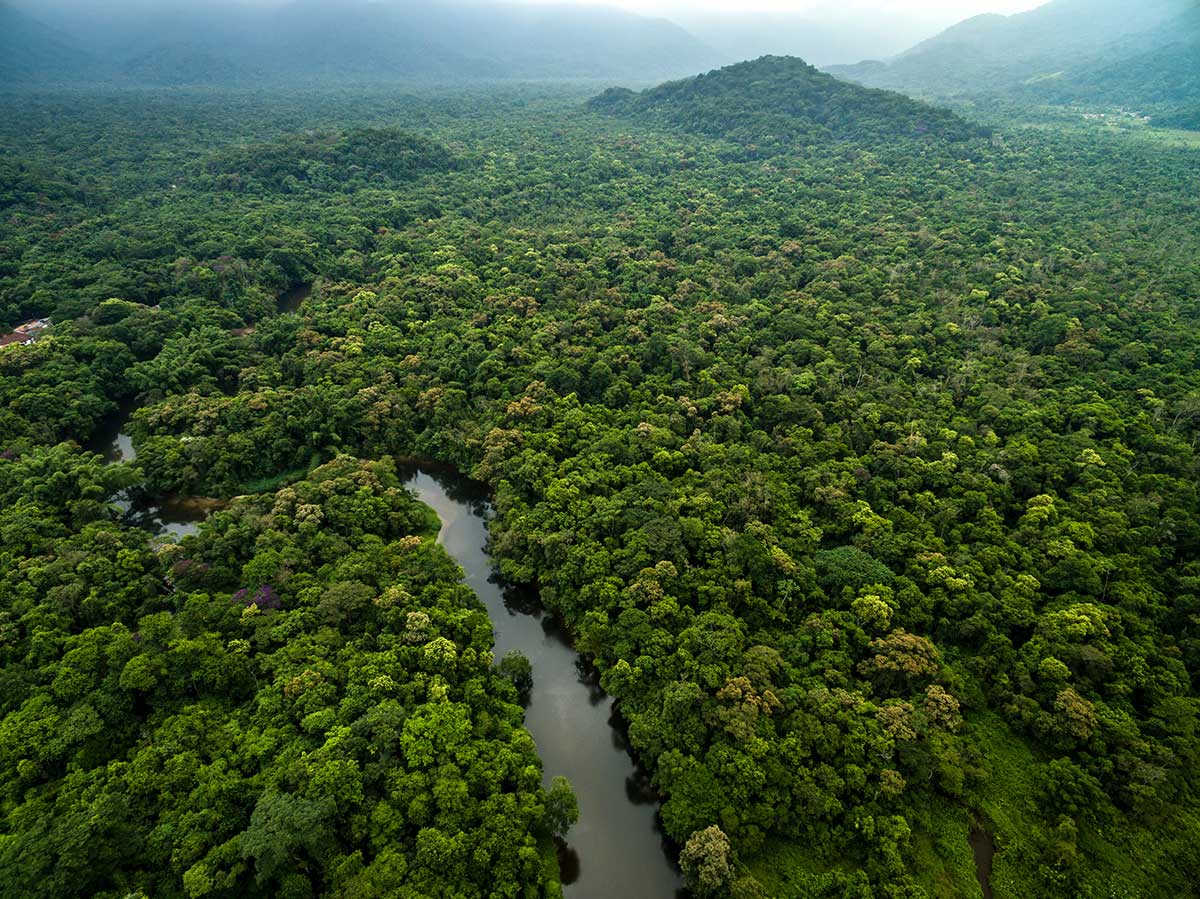Adaptogens are herbs, usually perennial flowering root plants, that grow throughout Eurasia and Latin America. The Vikings used an herb called Rhodiola to boost their physical and mental endurance as they sailed around the North Atlantic on their naval raiding campaigns.
In ancient China, Ginseng rose to prominence over many centuries as the dominant herb for its ability to cure ailments, boost cognition and as an aphrodisiac. The ancient Indians had Ashwagandha, which grew in the more tropical regions of India to become their dominant herb. Rhodiola, Ginseng and Ashwagandha thus emerged as the most prominent herbs that were traded and coveted by the great civilizations of antiquity.
In modern times, they were given the name Adaptogens by Russian physiologist Nicolai Lazarev, who observed the effects they had on Soviet Miners, Soldiers and Olympic Athletes in boosting their ability to “adapt” and perform. While much of the current literature has focused on Ginseng, Rhodiola and Ashwagandha’s effects on mice and human subjects, another group of herbs with similar properties from the amazon rainforest, known as the Amazon Adaptogens, is gaining traction.
Suma root, or Brazilian Ginseng, has status as a medicinal remedy among the indigenous tribes of Brazil, Peru, Ecuador and Venezuela. It is not a relative of the Ginseng found in Asia but is given the same name because it has properties and characteristics like Ginseng (i.e., helps to stimulate physical and mental performance, is a powerful aphrodisiac and is an effective remedy of illness). Other Amazon Adaptogens like yerba mate and guarana are known to be effective stimulants. They contain caffeine, and other caffeine-like stimulant compounds, and are rich in vitamins.
Interestingly, both yerba mate and Asian ginseng have been shown to release enzymes in the brain that are responsible for feelings of motivation and determination. This was first observed in early mouse forced-swim experiments where researchers gave the ginseng to mice, and then dropped the mice into individual buckets of water that were too deep for them to climb out of. In the case of ginseng, it was shown that the mice that were treated spent more time trying to escape than the mice who got the placebo. With the Amazon adaptogen yerba mate, some studies have suggested that it acts as a monoamine oxidase inhibitor, which works to combat depression by mitigating the release of monoamine oxidase – a neurological enzyme which lowers levels of serotonin and dopamine.
Another similarity between ginseng and yerba mate is in the effects they have on various metabolic pathways at the cellular level. Ginseng activates an enzyme called AMPK, which helps the body by enriching its ability to recycle the components of damaged or dying cells in the creation of new ones, which results in an energy surplus. Yerba mate can alter the number of cell membrane proteins (ENTPD proteins) that will be available at any given time, thereby determining how much AMPK will be used in the recycling process; membrane proteins must be broken down for recycling to take place. This is precisely why the Amazon Adaptogens are part of the adaptogen family – they each play important roles on opposite sides of the same metabolic coin, which leads to more energy.
For decades, ginseng has been in the spotlight as a superfood, appearing on labels of many trendy health food and beverage products. Now, Amazon Adaptogens are poised to take their rightful place alongside ginseng and rhodiola as the next generation of complementary superfoods. Another reason for their growing social relevance is that they are harvested sustainably. Agroforestry methods that focus on the seeding of trees in pastureland, where animals graze, is the latest solution for preserving long-run soil integrity. This could not be more critical at a time when the world’s rainforests are under threat from clear-cutting and wildfires. Ironically, before the days of industrial agriculture, farmers knew about the importance of having animals near where they grew the crops, for the health of the soil.
When you drink an Amazon Adaptogens beverage made from superfoods grown via agroforestry, you are supporting a return to the ancient practices. The Vikings, ancient Chinese and Ancient Indians all grew their rhodiola, ginseng and ashwagandha roots on land where animals had been, because they understood that animals help make soil fertile. They did not have access to the same scientific training as Nicolai Lazarev, nor did they know about forced swim experiments, but they sure knew more than us about the power of superfoods.

